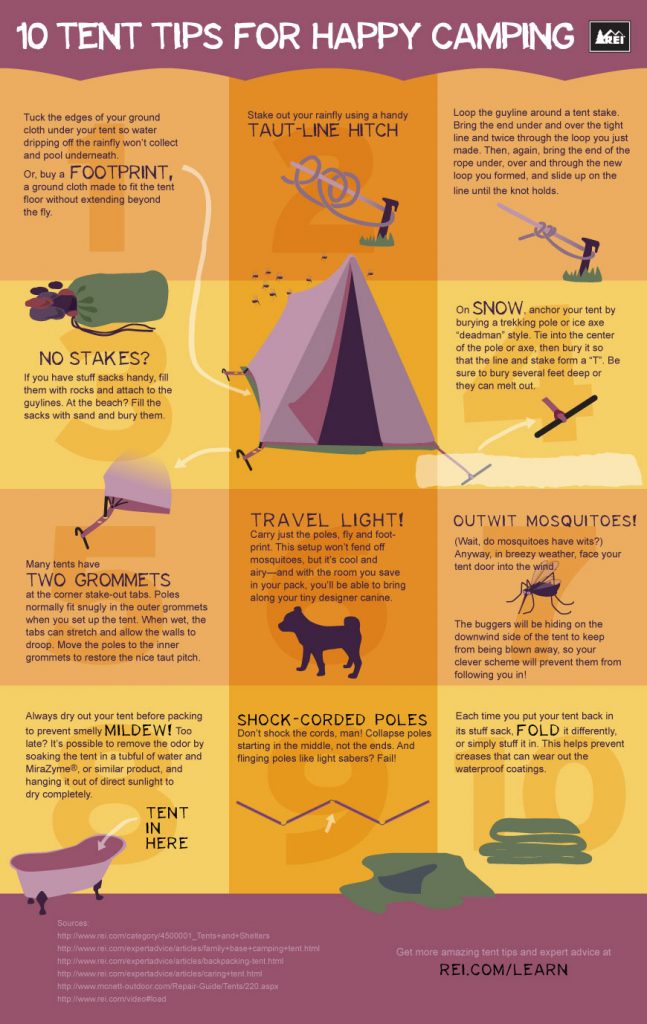Tips On How To Sell Camping Tents And Run Your Own Empire
Tips On How To Sell Camping Tents And Run Your Own Empire
Blog Article
Taking Photographs of the Night Sky
A range of variables can influence evening skies photography. From weather conditions to upcoming celestial events, you'll wish to intend ahead to guarantee success.
What is canvas tent?
The shutter rate you pick figures out whether stars appear as specific pin-points or route throughout the image. A good general rule is to restrict the exposure to 500 seconds, or the matching of your lens's focal size.
Place
One of one of the most crucial factors in a good picture is where you take it. Aim for locations with marginal light air pollution, and prevent locations that have bright city lights and skyscrapers.
Likewise, look for a place that uses foreground aspects to create make-ups with. For instance, dune patterns, wind-sculpted ridges and rocky outcrops can all give appealing foreground elements to aid tell the story of your evening sky picture.
It is likewise useful to study expensive occasions such as meteor showers and lunar eclipses to make the most of chances for excellent images. Using a tool such as the Digital photographer's Ephemeris can be unbelievably useful when preparing your shoots. It assists you to figure out moon stages, Galaxy position and other astronomical events. Likewise, think about capturing in RAW layout as opposed to JPEG as this offers you more flexibility when processing the pictures. This is particularly real if you prepare to publish your pictures.
Electronic camera Setups
Obtaining the appropriate camera settings is essential for any kind of photo, however particularly so for night sky pictures. A wide-angle lens is best for catching more of the Milky Way and minimizing star tracks, in addition to a longer shutter speed to stop the movement of stars and reveal their details.
For a maximum level of clarity, shoot in RAW format instead of JPEG, which permits you to maintain even more information and gives adaptability throughout post-processing. This can likewise add to submit dimension, so see to it you have a lot of storage area and additional sd card available.
Set your focus to manual concentrating by turning the AF/MF activate your lens right into MF mode. You may need to take a couple of examination shots and inspect the picture playback on your video camera's LCD screen until you attain excellent, determine hands-on focus. It's a good concept to do this during the day with your selected lens and the location you will certainly be contending night, to verify the accuracy of your emphasis setup.
Illumination
A good night sky photo calls for the ideal problems. This includes a dark sky, yet likewise a fascinating foreground element such as a hill coming up, a lake to show the stars, or a human component like a barn or shed. You can also utilize a headlamp to illuminate the foreground and add some dramatization or depth to your image.
One of the most crucial video camera setups for night sky digital photography are the aperture and shutter rate. The larger the aperture, the more light that gets to the sensor. This allows you to record brilliant stars in a reasonably brief amount of time.
The shutter rate figures out whether your stars will certainly be pin-point best or if they will look like star trails as a result of the Earth's rotation. Make certain to take several long direct exposure shots and pile them in post-processing high end tent for the best outcomes. Finally, shoot in RAW setting to provide yourself optimal latitude in post-processing.
Composition
The key to lovely star shots isn't a premium telescope, a new wide-angle lens or a top-of-the-line Canon or Nikon cam. It's technique, preparation and structure.
For starters, hunt your shoot location ahead of time to obtain a feel for the design and prospective structures. Take into consideration integrating foreground elements such as rocks, a lake or alpenglow on the landscape to add character and passion to your images.
Keep in mind the Rule of Thirds when composing your pictures. This straightforward principle helps balance and link pictures. It's also valuable for focusing on sights in your picture, such as rock features or the Galaxy. Also, bear in mind to plan your shoots around moon stages-- shooting at a moon can overpower stars and create a silhouetted form, while shooting on evenings with a new moon can help you see constellations a lot more clearly.
How do you pack a bell tent?
